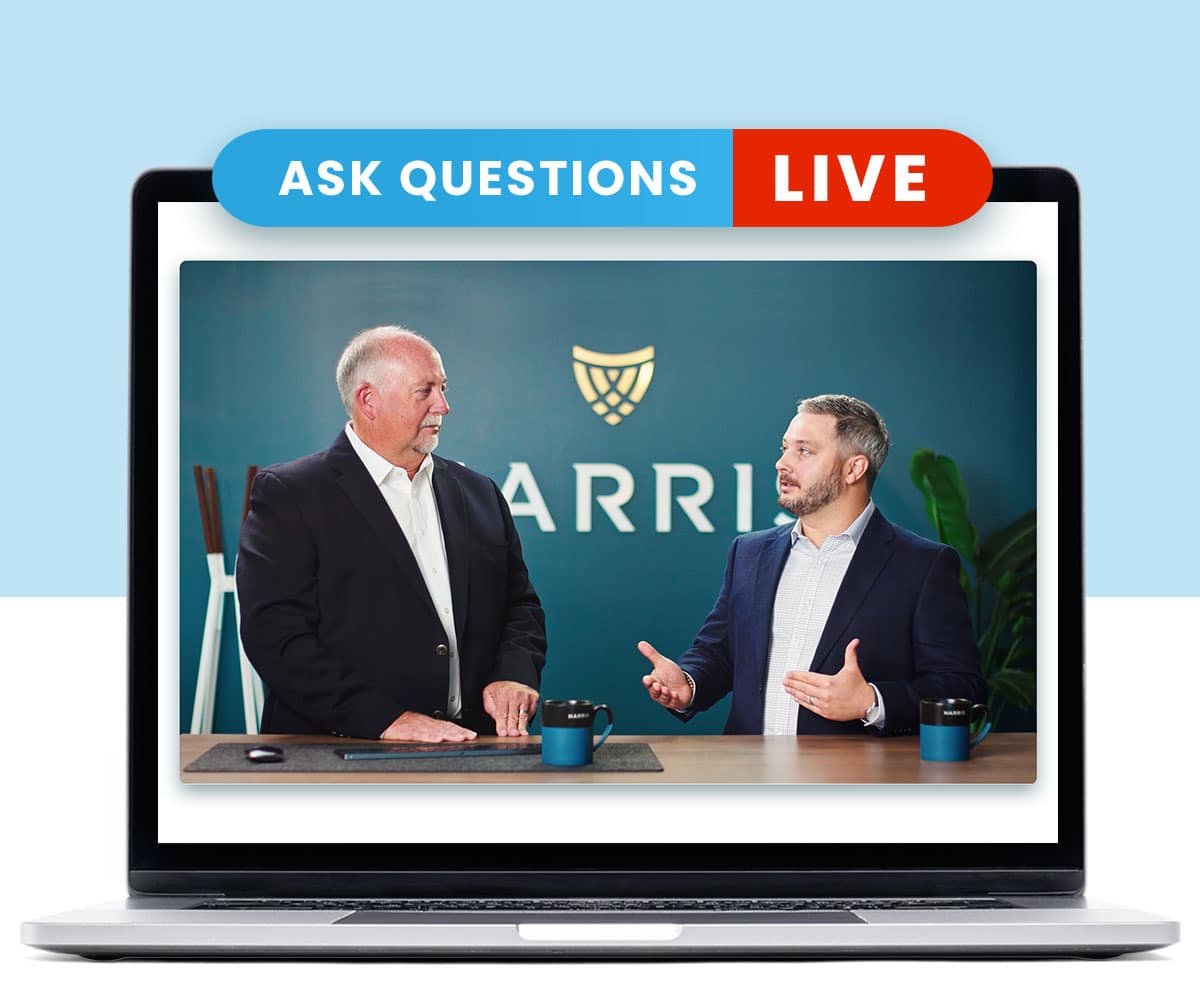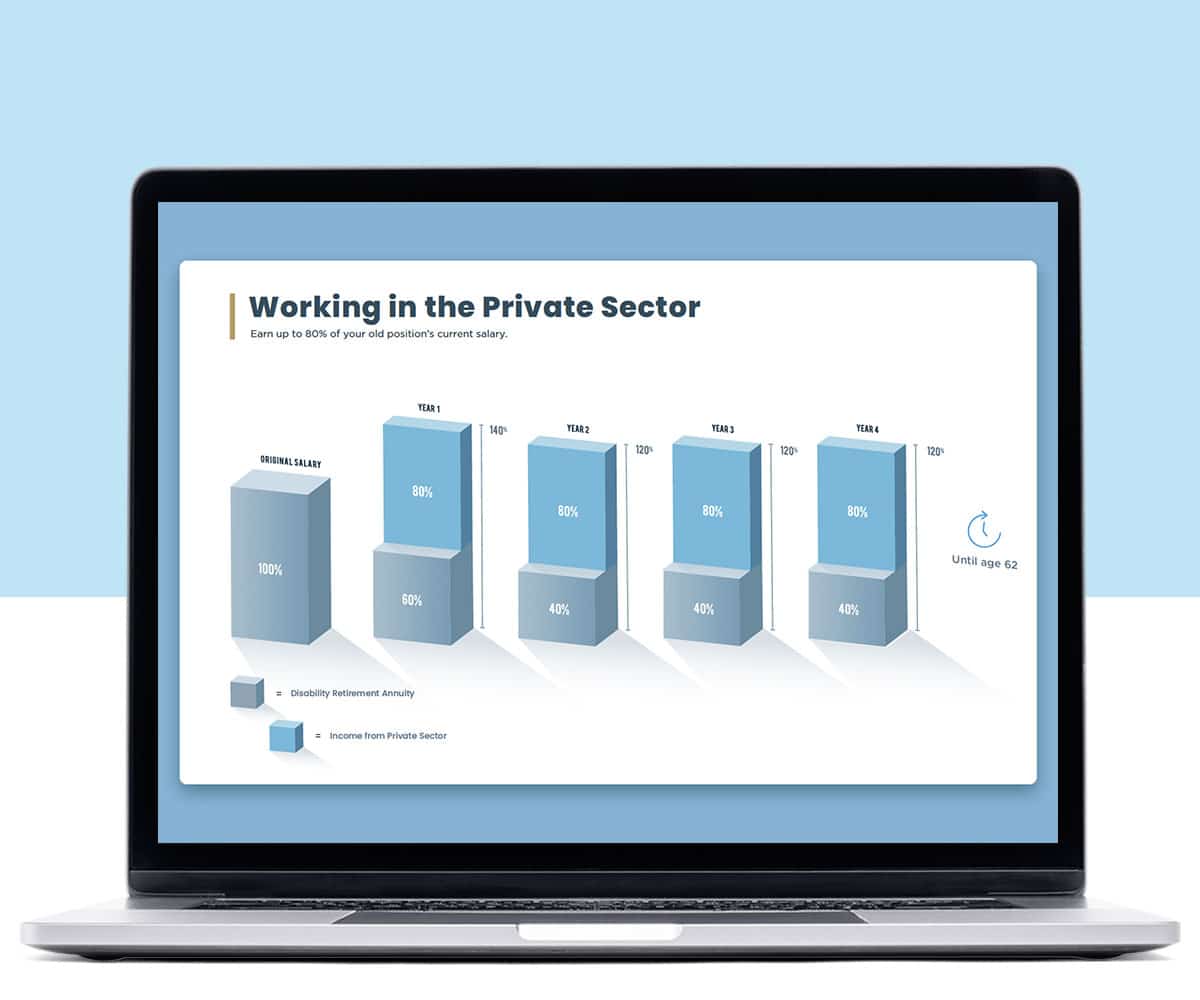
So far in this series, we have covered the basics of the Thrift Saving Plan, employee and agency contributions, and the differences between Traditional and Roth TSP accounts. The next couple of posts will look at loans, withdrawals, and refunds in your TSP account, with this post covering in-service withdrawals.
In-Service Withdrawals
These are just what they sound like; withdrawals made from your account while still employed. They are available to all active participants. While there is no fee for making an in-service withdrawal, when you make one of these withdrawals, you permanently reduce your account by the amount of the withdrawal and any future earnings you would’ve accrued on that money.
You must pay federal and sometimes state income taxes on the taxable portion of the withdrawal and you may be subject to a 10% penalty tax.
There are two types of in-service withdrawals; financial hardship and age-based.
Financial Hardship
You may be allowed to make one of these if you can certify, under penalty of perjury, you have a financial hardship because of a recurring negative cash flow, legal expenses for separation or divorce, medical expenses, or personal casualty loss. Only your contributions and the earnings on those contributions may be withdrawn.
You may request $1,000 or more, however, the amount you request can’t exceed the actual amount of the certified financial hardship. You also may not make contributions to your account, or receive matching contributions, for 6 months after the disbursement of funds. This also means that, if you’re a FERS employee, you won’t receive any Agency Matching Contributions during that time.
Age-Based
Any time after you reach age 59 ½, you may make this type of withdrawal, if you’re still a civilian federal employee or member of the uniformed service. You may withdrawal part or all your vested account balance and you can request $1,000 or more, or the entire account balance (even if it’s less than $1,000). Also, you may only make one of these types of withdrawals and if you do make one, you won’t be eligible to make a partial withdrawal from your account after you separate from service.
Taxes
You must pay federal income taxes on the taxable portion of in-service withdrawals when paid directly to you. You’ll owe taxes on the portion of your withdrawal that comes out of your Traditional balance (excluding tax-exempt contributions). You will not, however, pay federal income taxes on the portion that comes from your Roth contributions and you’ll only pay taxes on the earnings if they aren’t qualified.
Both of these types may be subject to an early withdrawal penalty tax if you are younger than age 59 ½.
Harris Federal Law Firm helps federal and Postal employees nationwide with federal disability retirement cases. If you have an injury or illness that keeps you from performing your essential job duties, you may qualify for Federal Disability Retirement. Give us a call at 877-226-2723 or fill out this INQUIRY form today.


